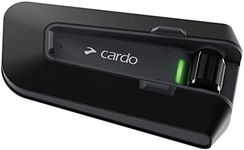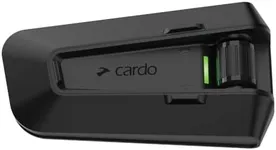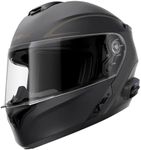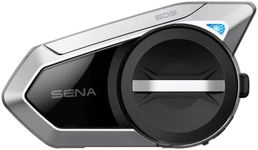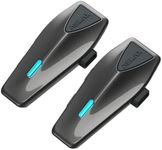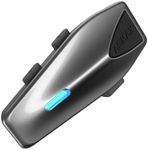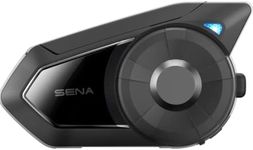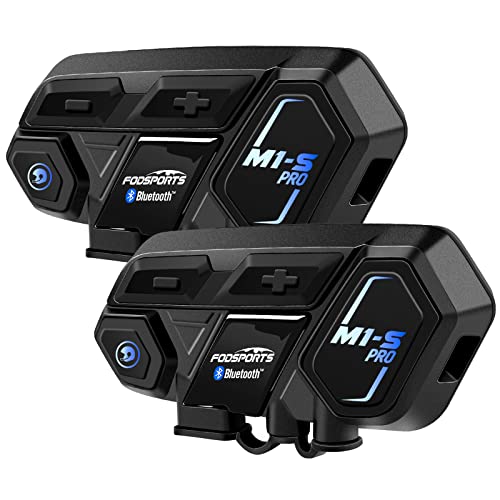Buying Guide for the Best Motorcycle Bluetooth Intercoms
Choosing the right motorcycle Bluetooth intercom can significantly enhance your riding experience by allowing you to communicate with fellow riders, listen to music, and receive GPS directions without taking your hands off the handlebars. To find the best fit for you, it's important to understand the key specifications and how they align with your needs. Here are the main specs to consider when selecting a motorcycle Bluetooth intercom.RangeRange refers to the maximum distance over which the intercom can maintain a clear connection between riders. This is important because it determines how far apart you and your riding companions can be while still being able to communicate. Intercoms typically offer ranges from a few hundred meters to several kilometers. If you often ride in a group or in areas with open terrain, a longer range (1-2 kilometers or more) is beneficial. For city riding or shorter distances, a shorter range (up to 500 meters) may suffice.
Battery LifeBattery life indicates how long the intercom can operate on a single charge. This is crucial for long rides where access to charging may be limited. Battery life can vary from a few hours to over 20 hours. If you frequently go on long trips, look for an intercom with a longer battery life (10-20 hours). For shorter rides or daily commutes, a shorter battery life (5-10 hours) might be adequate.
Number of ConnectionsThis spec tells you how many riders can be connected and communicate simultaneously. It's important for group rides where multiple riders need to stay in touch. Some intercoms support only two connections, while others can connect up to 8 or more riders. If you ride in large groups, choose an intercom that supports more connections (4-8 or more). For solo rides or riding with just one partner, a basic two-way intercom will be sufficient.
Audio QualityAudio quality determines how clear and loud the sound is, which is essential for understanding conversations and enjoying music while riding. High-quality audio ensures that wind noise and engine sounds do not interfere with communication. Look for intercoms with noise-cancellation features and high-definition speakers. If you prioritize clear communication and music quality, opt for intercoms with advanced audio technology. For basic communication needs, standard audio quality may be acceptable.
Ease of UseEase of use refers to how simple it is to operate the intercom while riding. This includes the design of the controls, voice command capabilities, and the user interface. It's important because you need to be able to use the intercom without being distracted from riding. Look for intercoms with large, easily accessible buttons or voice control features. If you prefer hands-free operation, choose a model with robust voice command functionality. For those who don't mind manual operation, simpler models with basic controls will work.
CompatibilityCompatibility indicates whether the intercom can connect with other brands and models of intercoms, as well as with your smartphone and GPS devices. This is important for ensuring that you can communicate with riders using different intercom systems and access your phone's features. Check if the intercom supports universal pairing and is compatible with your existing devices. If you ride with a diverse group or use multiple devices, choose an intercom with broad compatibility. For more uniform groups or single-device use, specific brand compatibility may be sufficient.
Water ResistanceWater resistance measures how well the intercom can withstand exposure to rain and moisture. This is crucial for maintaining functionality in various weather conditions. Intercoms are rated with different levels of water resistance, from splash-proof to fully waterproof. If you often ride in rainy or wet conditions, look for an intercom with a high water resistance rating (IP67 or higher). For fair-weather riders, a lower rating (IPX4 or similar) may be adequate.



